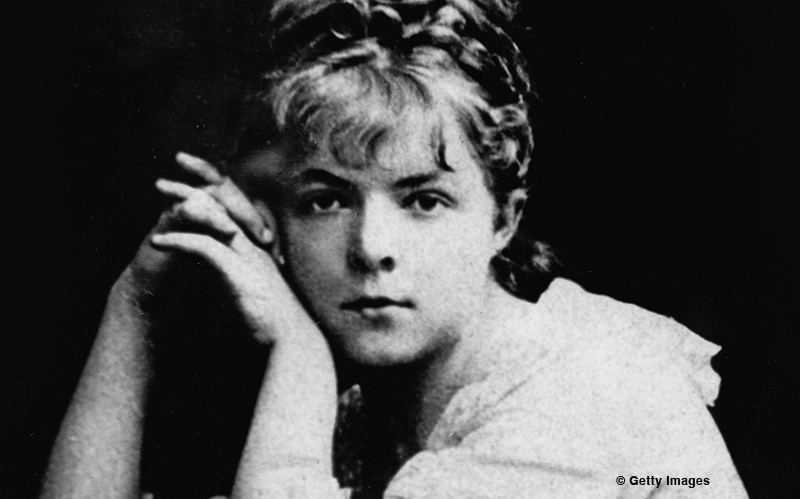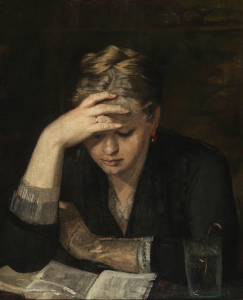
In this spectacular rediscovery of a work by the early 20th century painter, Marie Bashkirtseff, we have a perfect illustration of the artist’s quest to portray the very depths of her sitter’s personality, and the picture’s own story throws light onto the unique character of its creator. The painting was first seen at the 1910 Vienna Secession exhibition, “Die Kunst der Frau” (The Art of the Woman), after which it was given as a personal gift to the prominent patron of the arts, Margarethe Stonborough-Wittgenstein.
Girl Power
The artist, Marie Bashkirtseff was born in 1858 to a noble Russian family. The family travelled around Europe in her early life, eventually settling in Nice and Paris. There, Bashkirtseff studied painting at the Académie Julian and went on to exhibit her works regularly at the Salon de Paris. In 1884, when she was only 27 years old, Bashkirtseff died of tuberculosis in Paris. She left behind an œuvre of around 200 works which reflect her great talent and illustrate her stellar artistic development.
People and their true personalities were the main focus of Bashkirtseff’s work. Most of her portraits and character depictions are dedicated to women in whom she sought the same emotional intensity she experienced herself. Marie’s celebrated “Journal of a Young Artist” is a half-fictional, half-factual diary published by her mother after her death. It was regarded as a “secret bible” for contemporary women and gained international acclaim. Bashkirtseff’s story was to become the subject of several biopics in film and theatre and there is even an asteroid named in her honour.
“The Art of the Women”

Her ambitious and emotional nature often led Marie to destroy works which did not satisfy her, occasionally even inspiring her to dispose of them in the sea. This present work was one such victim of the artist’s displeasure. Bashkirtseff felt that the portrait of her cousin, Dina Babanina reading, did not resemble its subject sufficiently and cut it up with a knife. Her second version of the portrait of Dina (1880) is now at the Fine Arts Museum in Kharkov, Ukraine. The artist’s mother secretly retrieved and kept the original, cut up and discarded, version. Upon her daughter’s death she glued the canvas together and loaned it to the Vienna Secession for the 1910 exhibition “The Art of the Woman”. Afterwards, the painting was to remain in Vienna as Madame Bashkirtseff’s gift to the prominent art patron, Margarethe Stonborough-Wittgenstein, sister of the philosopher, Ludwig Wittgenstein, and one of the main sponsors of the exceptional show. The gift was not so much a token of gratitude as an expression of deepest affection, as Stonborough-Wittgenstein was a fervent proponent of the equality of female artists in a male-dominated art world. Her personality, wit, and independence epitomised the dawn of a new era of female self-determination.
Margarethe Stonborough-Wittgenstein
Margarethe Stonborough-Wittgenstein kept the painting close to her throughout her life, taking it from Vienna to her New York exile and back to Austria. It has remained in her family for over a hundred years. The slashes and cuts to the canvas made by the artist can still be observed in the catalogue of the 1910 exhibition, but the picture has been meticulously restored in recent years.
Olga Sugrobova-Roth is a specialist for Russian Art.
AUCTION
19th Century Paintings
7 June 2021













